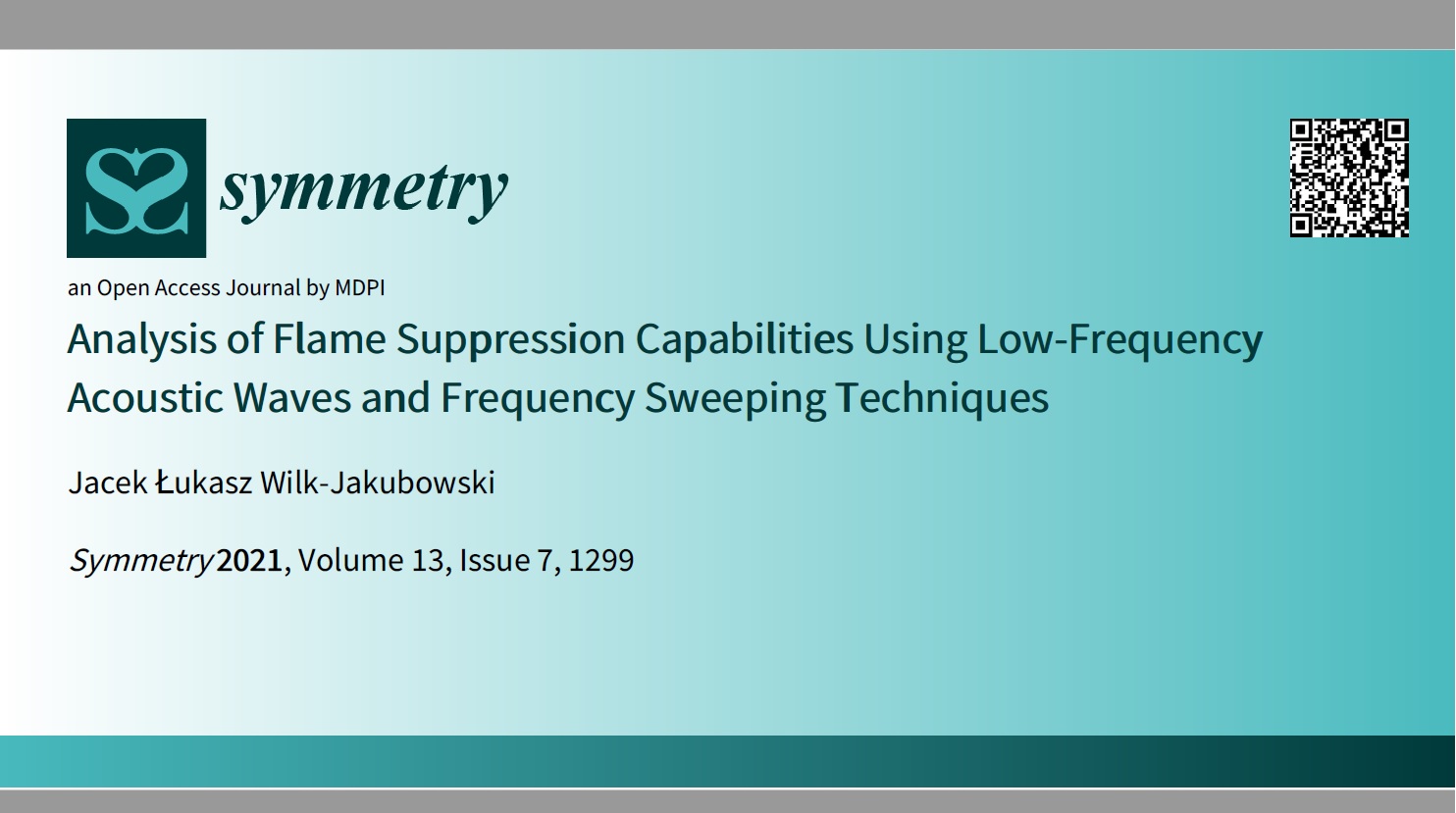Zapisywanie danych...
Abstract: Symmetry plays a key role in the processing and analysis of not only visual but also acoustic signals in various multidisciplinary areas. New innovative and environmentally friendly methods for extinguishing flames are still being sought worldwide. One of these techniques appears to be the acoustic method. A laboratory stand was built for this purpose, which was coupled with the tested prototype of a high-power acoustic extinguisher, and then the original experiments and analyses of extinguishing effectiveness were carried out. For extinguishing, waveforms with specified parameters selected symmetrically around the frequency for which the extinguisher was designed were used. The aim of this article is to present and discuss selected measurement results concerning the possibility of flame extinguishing with the use of sinusoidal acoustic waves of low frequency (below 21 Hz), as well as with the use of frequency sweeping techniques with set parameters. Such an extinguisher can be equipped with an intelligent module so that the extinguisher may be activated automatically (without human intervention) when flames are detected. The benefits of this combination as well as the importance of image processing for flame detection are also presented in this paper. This solution, with its good fire detection and fast response, may be applicable for extinguishing firebreaks in particular.

